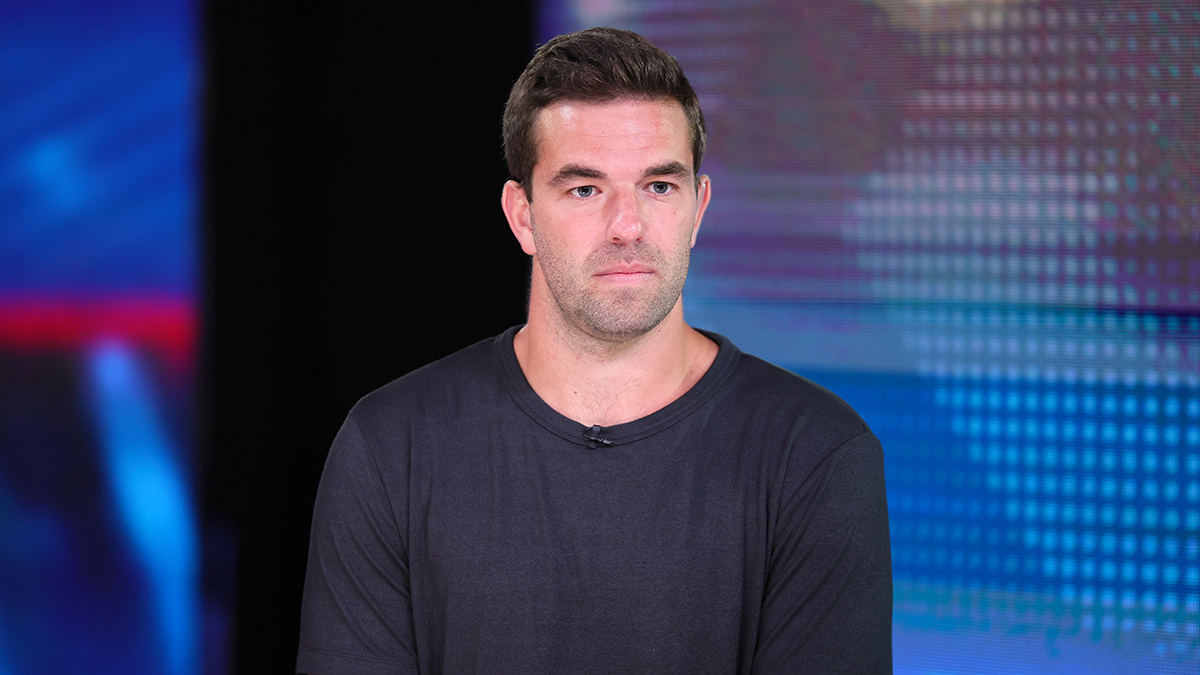Gen Z's Partiful: Party App Taking on Apple [2025]
Partiful: Gen Z's Party App Taking on Apple Invites
Introduction: The Rise of Partiful
Ever tried coordinating a party with a group of friends using endless text threads and confusing group chats? It's a chaotic mess, right? Enter Partiful, the app that’s streamlining the way Gen Z throws (and attends) parties. Despite launching in the teeth of the COVID-19 pandemic, Partiful not only survived but thrived, becoming a go-to platform for event planning among users aged 20 to 30. But can this young startup truly challenge tech giant Apple, which has also entered the event-planning space with Apple Invites? Let's dive into the story of Partiful and its audacious ambition.
From Pandemic Challenge to Party Planning Powerhouse
When Shreya Murthy and Joy Tao decided to launch a party-planning startup in 2020, their initial goal was simple: “bringing people together in person.” Talk about unfortunate timing! The COVID-19 pandemic demanded the exact opposite. Yet, this initial setback didn't deter them.
Adapting to a Virtual World
Instead of giving up, Murthy and Tao pivoted. They recognized that people still craved connection, even if it had to be virtual. Partiful became a tool for organizing online game nights, virtual birthday parties, and even remote work happy hours. This adaptability proved crucial to their early success.
Partiful's User Growth: The Numbers Don't Lie
Fast forward to 2025, and Partiful’s growth is nothing short of impressive. The startup reported adding a staggering 2 million new users in 2025 alone. In the first quarter of 2025, the service averaged 500,000 monthly users, up a whopping 400% year over year, according to estimates from Sensor Tower. That's a growth trajectory that's hard to ignore.
Why Gen Z Loves Partiful: Features and Functionality
So, what makes Partiful so appealing to Gen Z? It's more than just a calendar app. It’s a social hub designed with their needs in mind. Think of it as the digital equivalent of a beautifully designed party invitation, combined with the ease of a group chat.
Intuitive Interface and Design
Partiful boasts a clean, intuitive interface that's easy to navigate. No complicated menus or confusing options. It's designed to be visually appealing and user-friendly, a must for a generation accustomed to seamless digital experiences.
Effortless Event Creation and Management
Creating an event on Partiful is a breeze. Users can easily set dates, times, locations, and even add a description and theme. But it doesn’t stop there. Partiful allows for easy guest list management, RSVPs, and even potluck sign-ups.
Social Integration and Sharing
Partiful is designed to be shared. Events can be easily shared across social media platforms, making it simple to invite friends and spread the word. The social integration helps fuel organic growth and keeps the app top-of-mind.
Taking on Apple: The David vs. Goliath Scenario
When Apple launched its own event-planning service, Apple Invites, in February, many saw it as a direct threat to Partiful. After all, Apple has the resources and reach that most startups can only dream of.
Partiful's Response: Humor and Savvy Marketing
Instead of panicking, Partiful responded with a joke posted on X (formerly Twitter). This witty response, while seemingly lighthearted, was a clever marketing tactic that garnered attention and reinforced Partiful’s brand identity. It showed that they weren't afraid to poke fun at the giant and that they were confident in their product.
Apple Invites vs. Partiful: A Comparison
While Apple Invites offers a seamless integration with the Apple ecosystem, it may lack some of the social features and customization options that Partiful provides. Partiful’s focus on community and social interaction may be a key differentiator. The question is whether that will be enough to maintain their edge.
The Future of Partiful: Innovation and Expansion
To stay ahead of the competition, Partiful needs to continue innovating and expanding its offerings. What does the future hold for this ambitious startup?
Potential New Features and Integrations
Imagine features like integrated transportation options (e.g., ride-sharing services), local event discovery, or even partnerships with restaurants and venues. The possibilities are endless.
Expanding Beyond Gen Z
While Partiful has found success with Gen Z, there's potential to expand its user base to other demographics. By refining its features and marketing, Partiful could become a go-to event-planning app for people of all ages.
Monetization Strategies: How Partiful Makes Money
Like any successful startup, Partiful needs a solid monetization strategy. While the app is currently free to use, there are several avenues for generating revenue.
Potential Subscription Models
Partiful could introduce a premium subscription model offering enhanced features like advanced analytics, custom branding, or priority customer support.
Partnerships and Advertising
Strategic partnerships with local businesses or targeted advertising could also generate revenue without compromising the user experience.
The Challenges Ahead: Competition and Sustainability
Partiful faces significant challenges in the long term. Competition in the event-planning space is fierce, and maintaining user engagement requires constant innovation. Sustainability, both financially and environmentally, is also a key consideration.
Staying Ahead of the Curve
To stay relevant, Partiful must continuously adapt to evolving user needs and technological advancements. This requires a commitment to research and development, as well as a willingness to take risks.
Partiful's Impact: Beyond Party Planning
Partiful's impact extends beyond simply simplifying party planning. It's fostering connection and community in a digital age. In a world increasingly dominated by screens, Partiful is helping people come together in person, creating memories and strengthening relationships.
Conclusion: Partiful's Bold Challenge and Bright Future
Partiful's journey from a pandemic-era startup to a Gen Z party-planning staple is a testament to its adaptability, user-friendly design, and savvy marketing. Its ability to challenge Apple, even in a playful way, demonstrates its confidence and ambition. While the road ahead is undoubtedly challenging, Partiful's focus on community, innovation, and user experience positions it for continued success. The future of party planning may very well be in their hands.
Frequently Asked Questions
- What is Partiful and what does it do?
Partiful is a social event planning app popular among Gen Z, designed to simplify the process of organizing and managing parties, gatherings, and other events. It offers features for event creation, guest list management, RSVPs, and social sharing. - How is Partiful different from other event planning apps?
Partiful distinguishes itself with its intuitive interface, social integration, and focus on community building. It's designed to be more user-friendly and visually appealing than many traditional event planning platforms. - Is Partiful free to use?
Yes, Partiful is currently free to use. However, the company may introduce premium features or subscription models in the future to generate revenue. - How does Partiful plan to compete with Apple Invites?
Partiful aims to compete with Apple Invites by focusing on its unique strengths, such as its social features, community-centric approach, and user-friendly design. They are also leveraging humor and savvy marketing to differentiate themselves. - What are some potential future features for Partiful?
Potential future features for Partiful include integrated transportation options, local event discovery, partnerships with restaurants and venues, and advanced analytics for event organizers. They may also explore expanding their target audience beyond Gen Z.
![Gen Z's Partiful: Party App Taking on Apple [2025] Gen Z's Partiful: Party App Taking on Apple [2025]](https://media.nbcnewyork.com/2025/04/108130393-1744314173551-GetAttachmentThumbnail.jpg?quality=85&strip=all)

